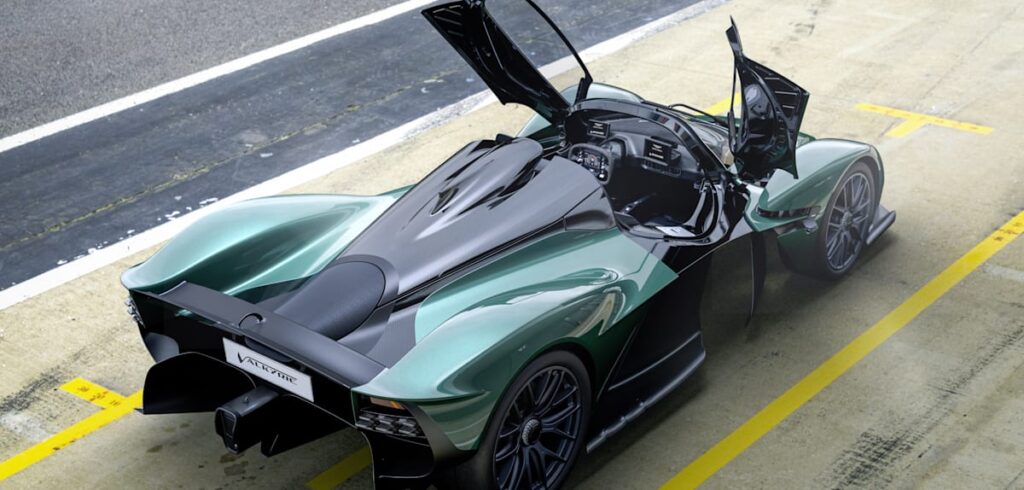
Introduction
Aston Martin is renowned for its blend of luxury, performance, and craftsmanship, solidifying its status as one of the most prestigious automotive brands in the world. Founded in 1913, the brand has built a lasting legacy as the epitome of British motoring excellence, frequently associated with high-profile figures and pop culture, particularly its association with the James Bond franchise. As the automotive industry embraces rapid technological advancements, Aston Martin faces both challenges and opportunities to maintain its iconic status.
Corporate Developments and Innovations
Recently, Aston Martin has made headlines by announcing significant investments in electric vehicle (EV) technology as part of its strategic plan for sustainability and innovation amid rising global emissions regulations. In 2023, the company revealed the ‘Aston Martin Valhalla’, a hybrid supercar that combines performance with mild electrification, demonstrating a commitment to advancing in the EV sector while maintaining the brand’s legendary performance standards. Moreover, co-owned by Canadian billionaire Lawrence Stroll since 2020, the company has secured substantial capital to support its ambitious electric vehicle line-up.
Expanding Market Presence
The luxury automotive market is evolving, with competition intensifying from brands like Ferrari and Lamborghini entering the EV realm. Aston Martin intends to leverage its historical narrative while integrating modern technologies to attract a new generation of customers. In 2023, the brand reported a 20% increase in sales compared to the previous year, driven primarily by rising demand in markets such as North America and China. Further, partnerships with tech companies aim to enhance users’ driving experiences with connected car technology, including advanced navigation systems and driver assistance features.
Challenges Ahead
Despite its positive trajectory, Aston Martin faces hurdles, including securing sustainable production processes and managing costs amid economic uncertainties stemming from global supply chain issues. The automotive industry is under increasing scrutiny regarding its environmental impact, prompting Aston Martin to accelerate its commitment to sustainable practices, including the use of recycled materials in production and emissions reduction targets.
Conclusion
The future of Aston Martin looks promising, blending over a century of heritage with a modern vision for sustainability and high performance. As the brand navigates the challenges and opportunities of an evolving automotive landscape, it remains poised to capture the attention of luxury automobile enthusiasts worldwide. With strategic investments and a focus on innovation, Aston Martin is set to continue its legacy as a leader in the luxury automotive market, ensuring that it not only meets the demands of the present but also shapes the future of driving for generations to come.



